(NLDO)- From January 1, 2025, all Vietnam Airlines flights departing from European airports will use sustainable aviation fuel (SAF).
These flights will use SAF fuel at a minimum rate of 2%. This rate will gradually increase to 6%, 20%, 70% in 2030, 2035, 2050 respectively.

From January 1, 2025, Vietnam Airlines will use sustainable fuel on flights from Europe.
For flights departing from the UK, Vietnam Airlines also uses SAF at a rate of at least 2% from 2025 and gradually increases to 10% and 22% in 2030 and 2040, respectively.
Vietnam Airlines becomes the first Vietnamese airline to use it on flights from Europe.
This is an activity of the National Airline in the journey of greening, creating a more sustainable future for the aviation industry. At the same time, it contributes to the implementation of Vietnam's commitment with the international community to reduce greenhouse gas emissions to 0 (Net Zero) by 2050.
Previously, Vietnam Airlines successfully operated flight VN660 using SAF fuel from Singapore to Hanoi on May 27, 2024. Thereby, Vietnam Airlines became the first airline in Vietnam to use sustainable fuel for commercial passenger flights.
The price of sustainable aviation fuel is currently 2 to 3 times higher than that of traditional fossil fuels, and at times even 5 to 6 times higher. It is estimated that Vietnam Airlines' operating costs for flights to and from Europe will increase by about 4.8 million USD per year when using SAF fuel.
In addition to efforts to use SAF, Vietnam Airlines is strongly implementing many other measures to reduce CO2 emissions such as: Exploiting and using a new generation fleet of aircraft, increasing the application of aircraft operation solutions to reduce CO2 emissions through fuel savings; optimizing flight routes, flight schedules and optimizing loading weight to reduce fuel consumption; ensuring an information technology system to monitor fuel consumption and CO2 emissions and have verification from a third party to send to state agencies... In 2024, the amount of CO2 reduced through Vietnam Airlines' fuel saving solutions is estimated to reach nearly 70,000 tons.
According to the European Union's regulations on sustainable development of the aviation industry, starting from 2025, jet fuel loaded at EU airports must contain at least 2% SAF. The SAF ratio will gradually increase to 6%, 20% and 70% in 2030, 2035 and 2050. From 2030, 1.2% must be synthetic fuel, increasing to 35% in 2050.
Vietnam Airlines needs to spend at least 5.6 million USD to buy carbon credits
The International Civil Aviation Organization (ICAO) has issued a plan to reduce and offset carbon in international flights, aiming to contribute to achieving net zero emissions by 2050 in the civil aviation sector.
The Civil Aviation Authority of Vietnam has agreed and plans to participate in the voluntary carbon reduction and offset plan for international flights (Corsia) from January 1, 2026.
According to preliminary calculations, if participating in the voluntary phase from January 1, 2025, in 2025, Vietnam Airlines will spend from at least 4.6 million USD to the highest 31 million USD for purchasing carbon credits. In 2026, the corresponding figures will be 5.6 million USD and 37.5 million USD.
Joining Corsia is equivalent to Vietnam joining an international agreement. Therefore, the Civil Aviation Authority of Vietnam believes that in the coming time, the aviation industry will need the joint efforts, consensus, and support of relevant ministries, sectors, agencies, and units inside and outside the industry.
Source: https://nld.com.vn/vietnam-airlines-su-dung-nhien-lieu-ben-vung-tren-cac-chuyen-bay-tu-chau-au-196250102160827378.htm


![[Photo] President Luong Cuong and King Philippe of Belgium visit Thang Long Imperial Citadel](https://vstatic.vietnam.vn/vietnam/resource/IMAGE/2025/4/1/cb080a6652f84a1291edc3d2ee50f631)
![[Photo] Prime Minister Pham Minh Chinh meets with King Philippe of Belgium](https://vstatic.vietnam.vn/vietnam/resource/IMAGE/2025/4/1/be2f9ad3b17843b9b8f8dee6f2d227e7)


![[Photo] Close-up of Vietnam's sniffer dog team searching for earthquake victims in Myanmar](https://vstatic.vietnam.vn/vietnam/resource/IMAGE/2025/4/1/d4949a0510ba40af93a15359b5450df2)
![[Photo] General Secretary To Lam receives King Philippe of Belgium](https://vstatic.vietnam.vn/vietnam/resource/IMAGE/2025/4/1/e5963137a0c9428dabb93bdb34b86d7c)
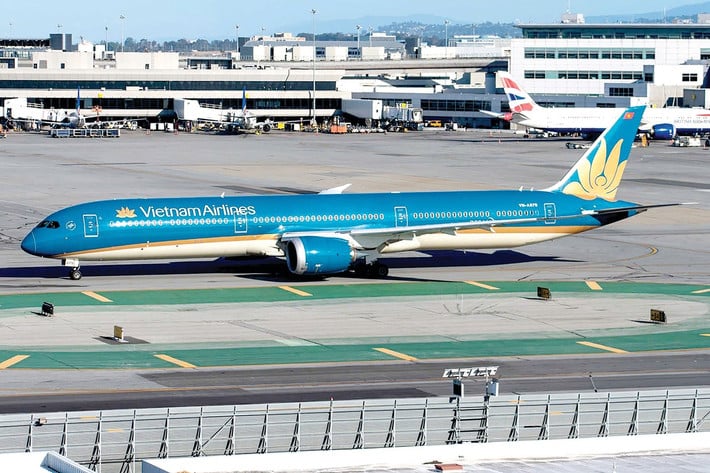



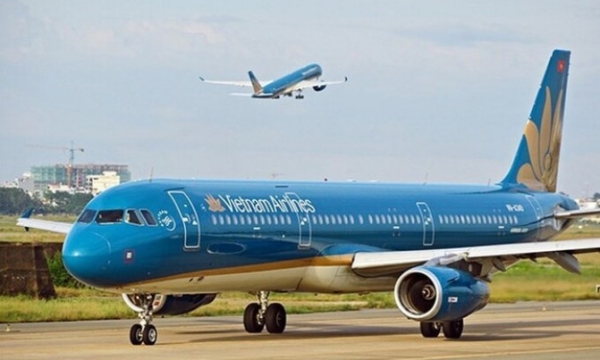

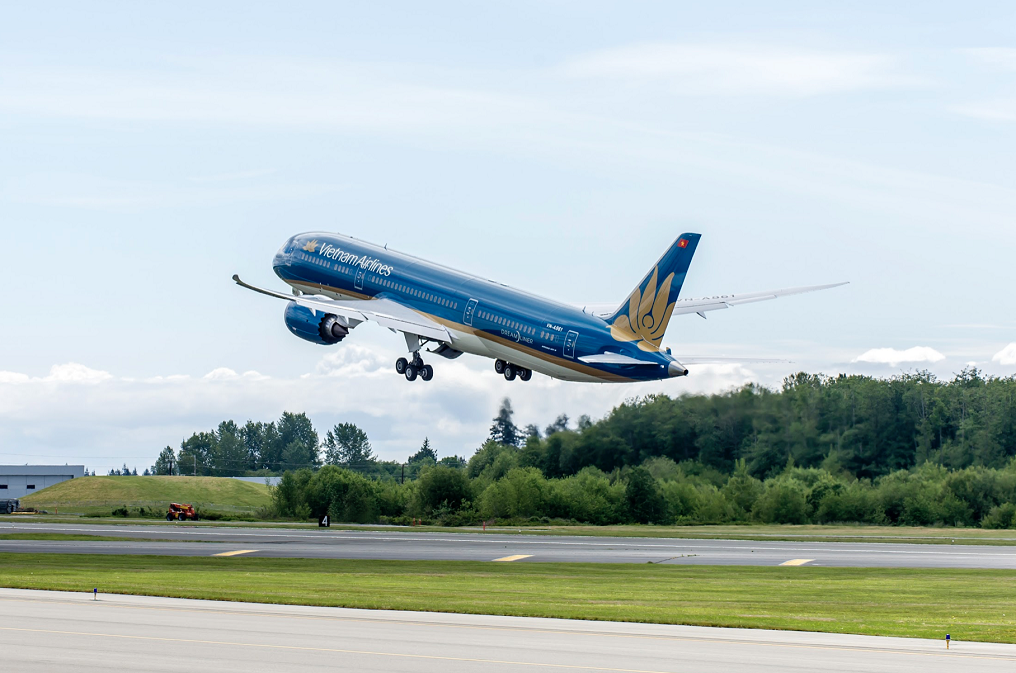







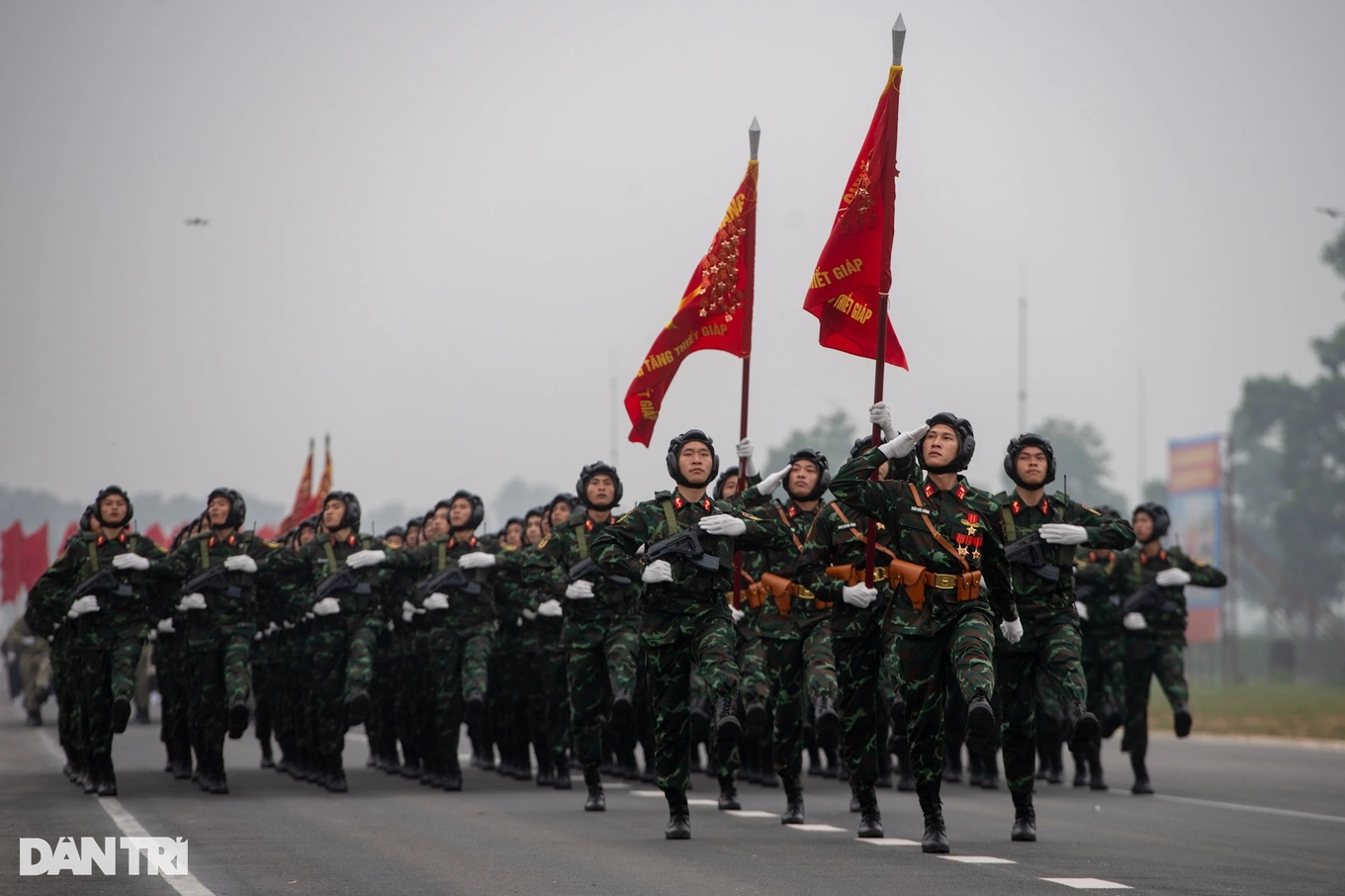
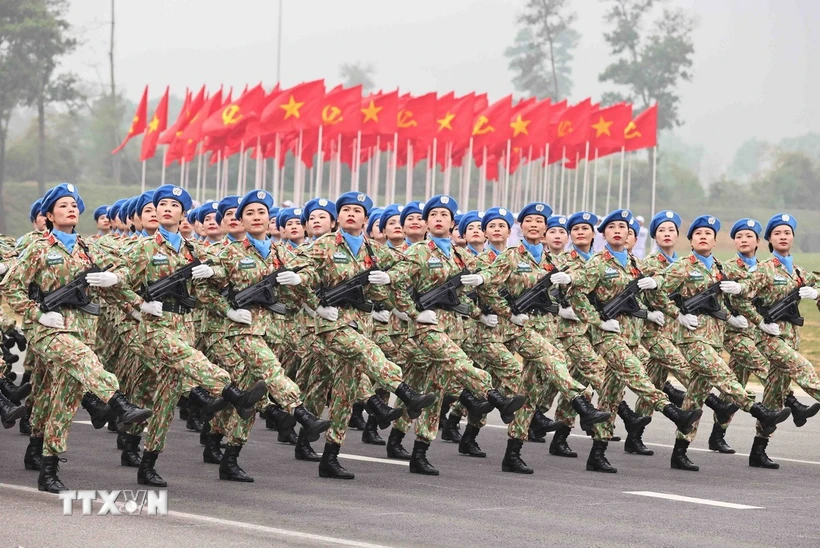
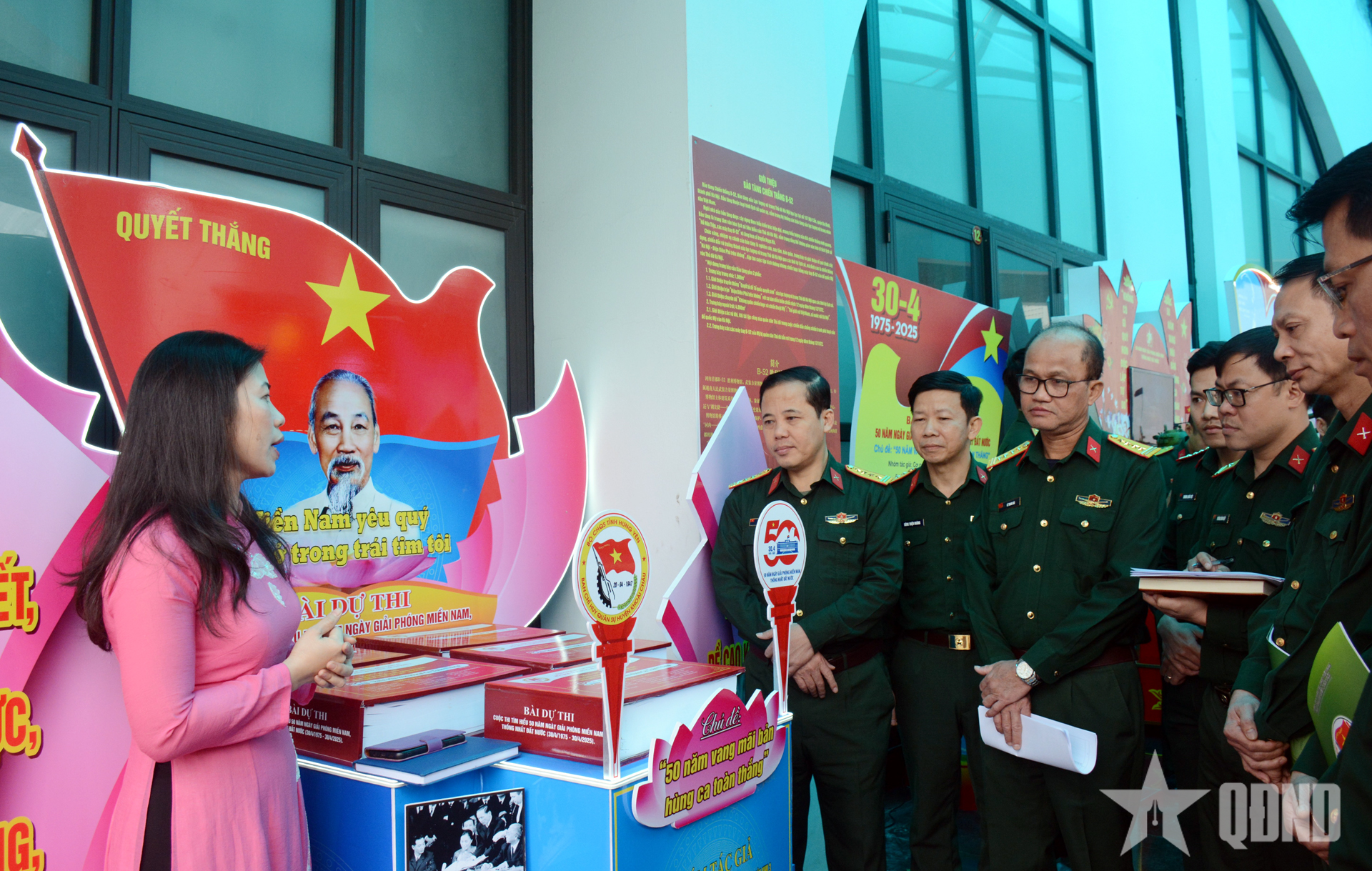




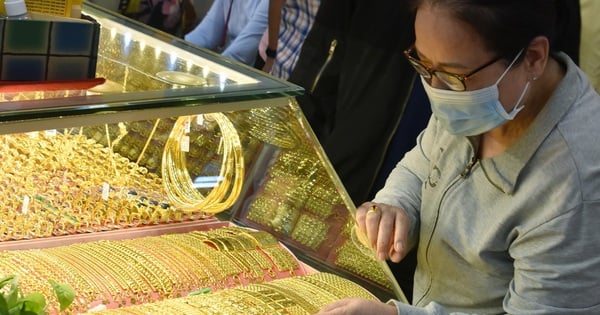


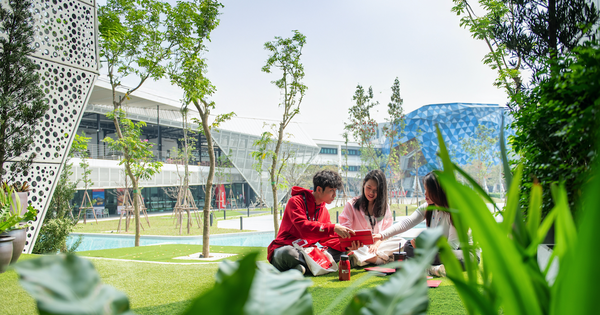

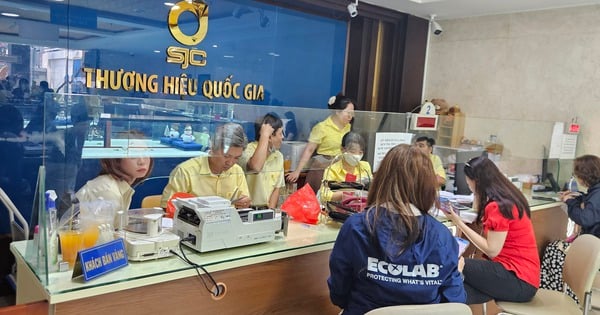




























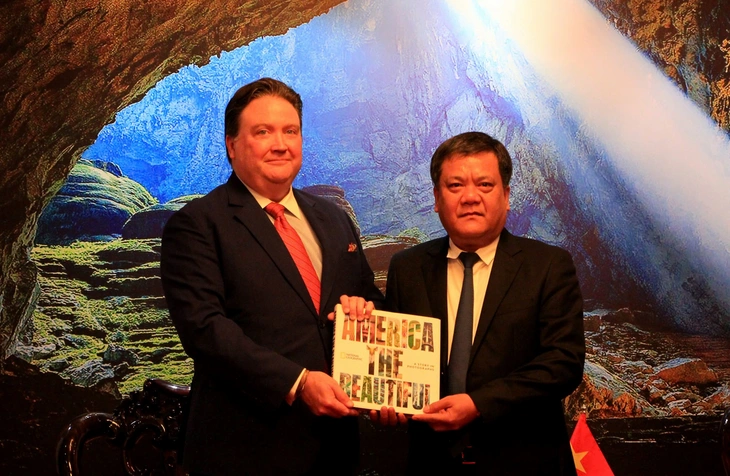



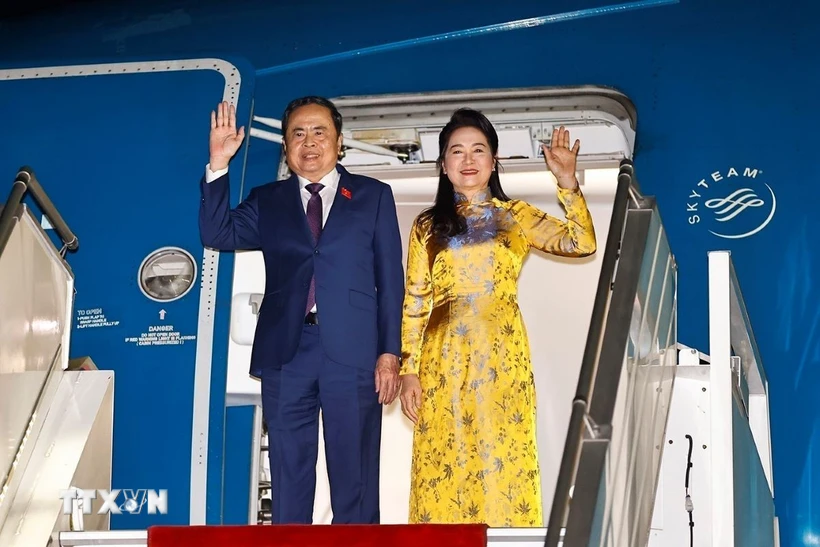











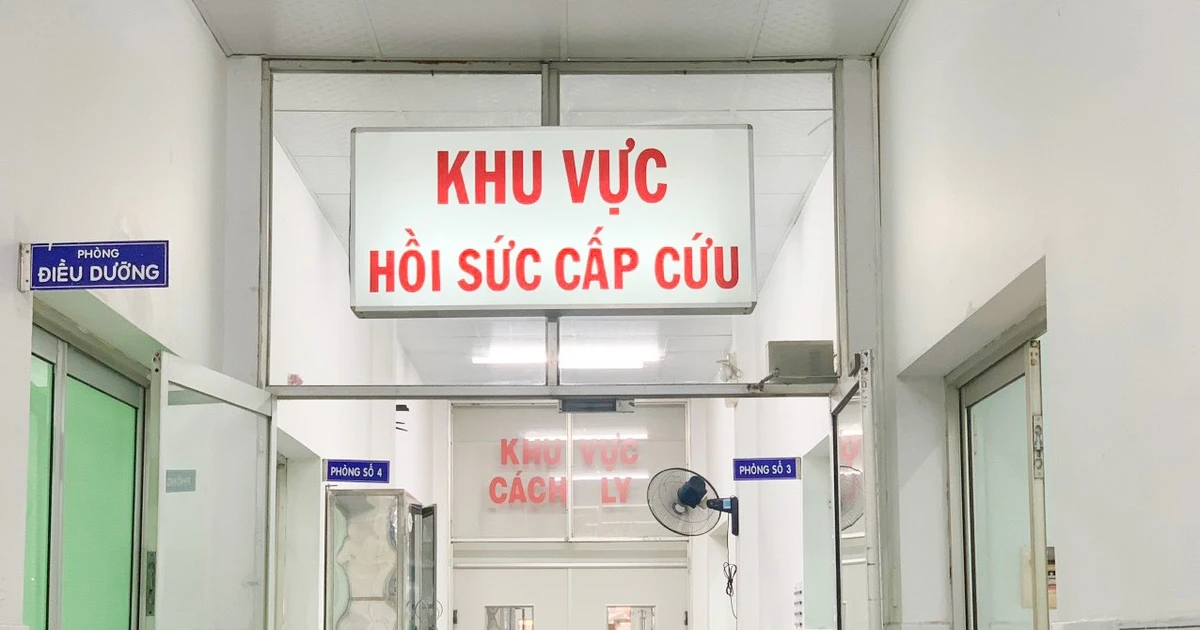

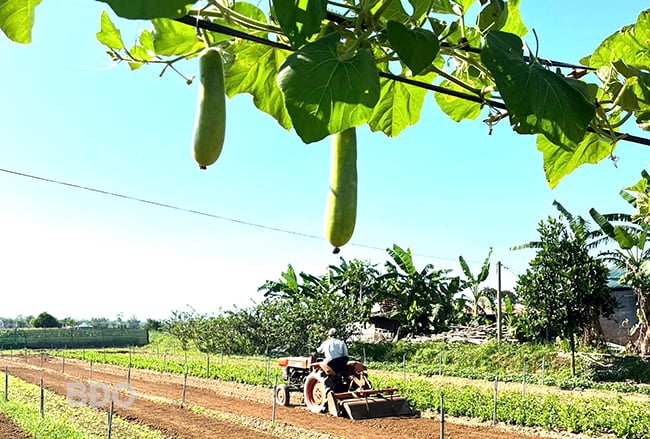


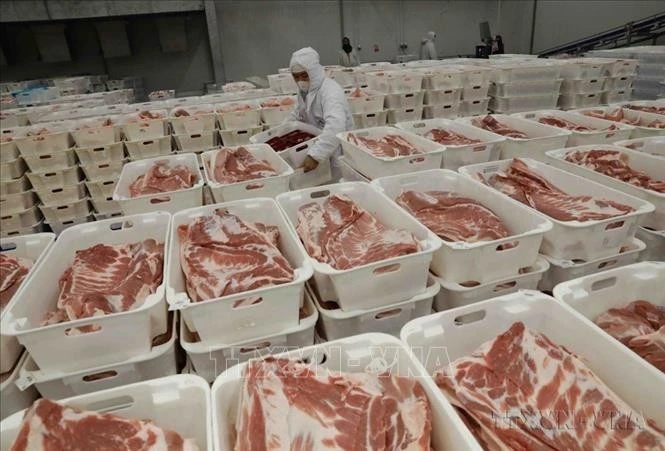













Comment (0)